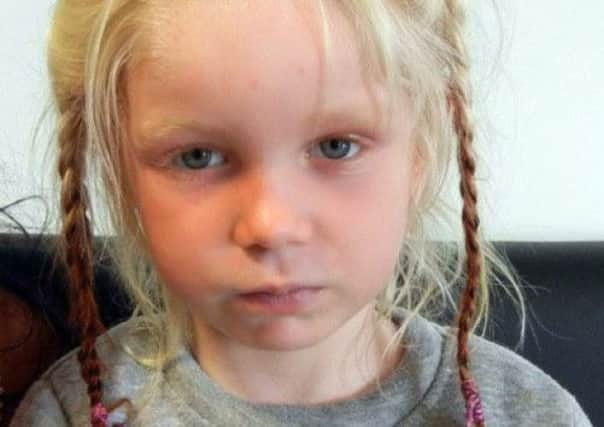Dani Garavelli: Roma made scapegoats for failings of society


It’s not difficult to foment hatred against the Roma, after all. They are already the most discriminated against minority in Europe, and folk stories of stolen children are embedded in our psyche. “Don’t do that, or the gypsies will take you,” is an age-old threat which has taken on new potency in an era of financial and emotional insecurity. Every society needs its bogeyman. Juxtapose the prevailing one with the western world’s most poignant symbol of lost, white innocence and, well, you’d expect all hell to break loose.
And so it panned out; within hours of the police announcing “Maria” was not the biological daughter of Christos Salis and Eleftheria Dimopoulou, Roma communities across Europe found their families being scrutinised for possible genetic incompatibility. The removal of children is an established tool of racial persecution – think of Australia and the Aborigines – but that didn’t stop police in Ireland snatching two young girls from their families and subjecting them to DNA tests, before confirming they were, indeed, with their real parents.
Advertisement
Hide AdAdvertisement
Hide AdYou need only contemplate the outcry that would ensue if an indigenous child was wrongly removed on the basis of their looks and, in one of the Irish cases, a vicious Facebook rumour, to be sure these families’ human rights have been breached. Even if the girls’ birth certificates were not forthcoming, it is difficult to see why they couldn’t have remained at home while the tests were being carried out.
The story of Maria reinforces every stereotype, perpetuates every myth. One of its most pernicious features is the way those telling it have played on the contrast between the swarthiness of the Roma couple and the pallor of the girl, as if Salis’s dark complexion was evidence of a predilection for abducting kids and Maria’s light one a guarantee she belonged to a nice, middle-class family. Of course, as it transpired, her real parents are the equally swarthy Rusevas, who live in Bulgaria, have ten children and may turn out to have sold her for a few hundred pounds, but why let that get in the way of a narrative that so neatly fits our prejudices?
Another worrying aspect is that the tale allows those who have harboured secret hostility towards Roma communities to feel vindicated and to voice their ill-informed opinions as fact. With fears over immigration spiralling it suits some people to have their suspicions over this vulnerable but culturally-alien community confirmed. Some newspapers have fuelled this bigotry, using footage of Maria bopping around on a makeshift stage to suggest she had been made to dance for money.
Of course, a fear of being seen as racist shouldn’t stop police in Greece conducting a thorough investigation into what is beginning to look like a widespread problem of child-trafficking across the region. Since Maria was discovered two more cases have emerged. In one, a Roma couple was charged with abduction on the island of Lesvos when authorities discovered them with a baby boy who was not their own. In the other, a Greek couple who couldn’t have children of their own were arrested after allegedly paying a Roma woman ¤4,000 for their baby daughter. But, on the evidence so far, this apparent spike in child trafficking is as much a reflection of the country’s parlous economic state and near bureaucratic collapse as it is of the Roma community’s penchant for the buying and selling of kids.
If child-trafficking is rampant in Greece, then it’s unsurprising the Roma, who are amongst the poorest and most marginalised people in the world, are caught up in it. They are easy prey for criminal rackets, the UN’s children’s agency Unicef has suggested, precisely because in Greece, as in the rest of Europe, they exist under the radar of society. But this does not make all Roma parents potential abductors and we shouldn’t treat them as such.
The witch-hunt against the Roma didn’t start with Maria; they have been the victims of oppression and violence for decades. In the Czech Republic, the Slovak Republic, Bulgaria and Italy reported attacks are on the rise and in Hungary there were anti-Roma riots earlier this year. Elsewhere, they find it difficult to access education and health services. The Dublin family whose child was removed had suffered racist attacks long before they were fingered as potential child snatchers. That the Maria case should be used to legitimise and intensify our vilification of Roma people is beyond disgusting and says more about our preoccupation with pretty white girls than it does about them.
Perhaps if we cared as much about the welfare of other, less obviously photogenic, children, we would try to understand their culture, as opposed to treating it as something to be feared and loathed; perhaps we would try to get to know Roma people as individuals instead of turning them into scapegoats for society’s failings.
Twitter: @DaniGaravelli1